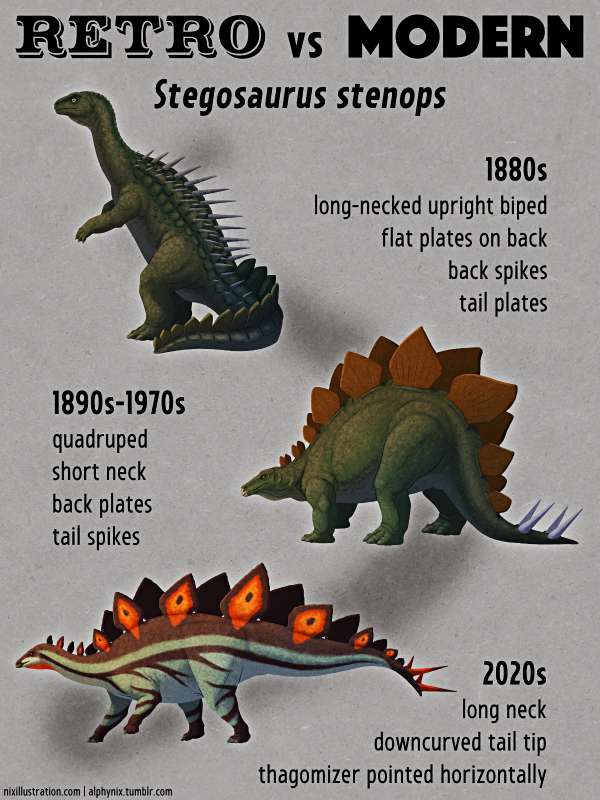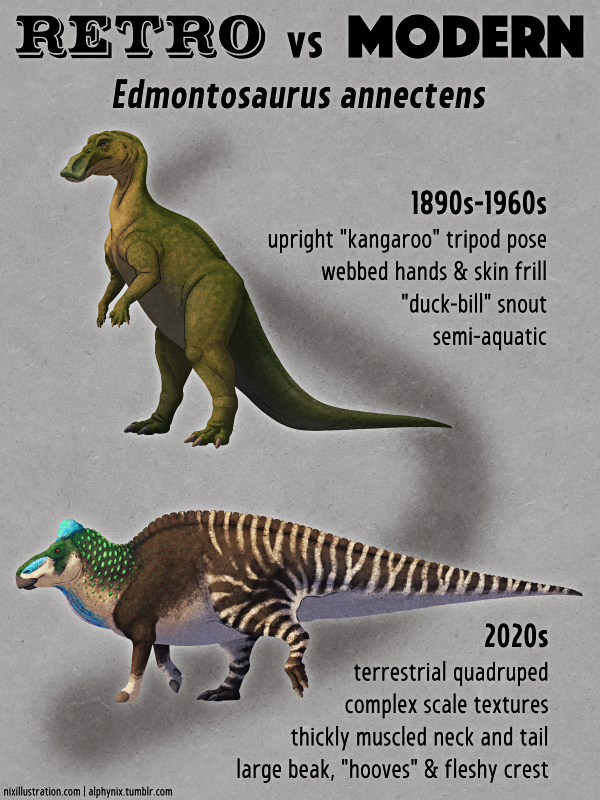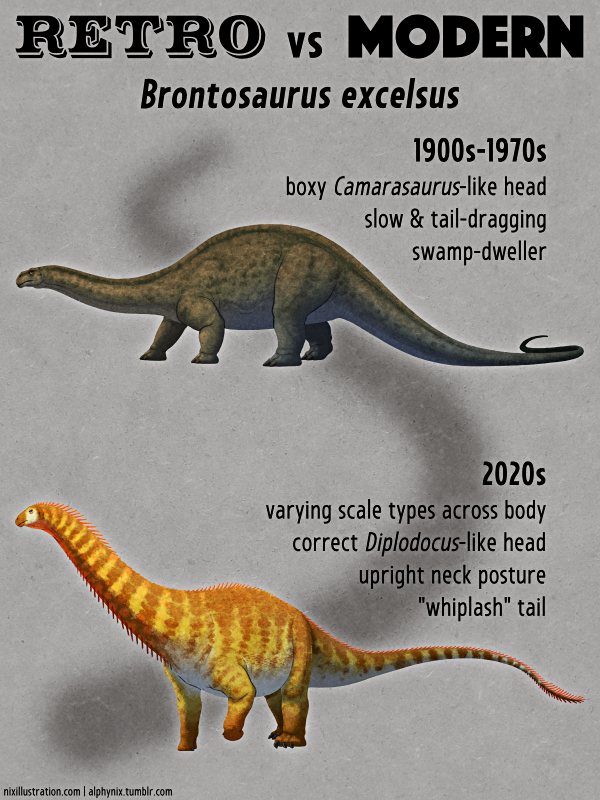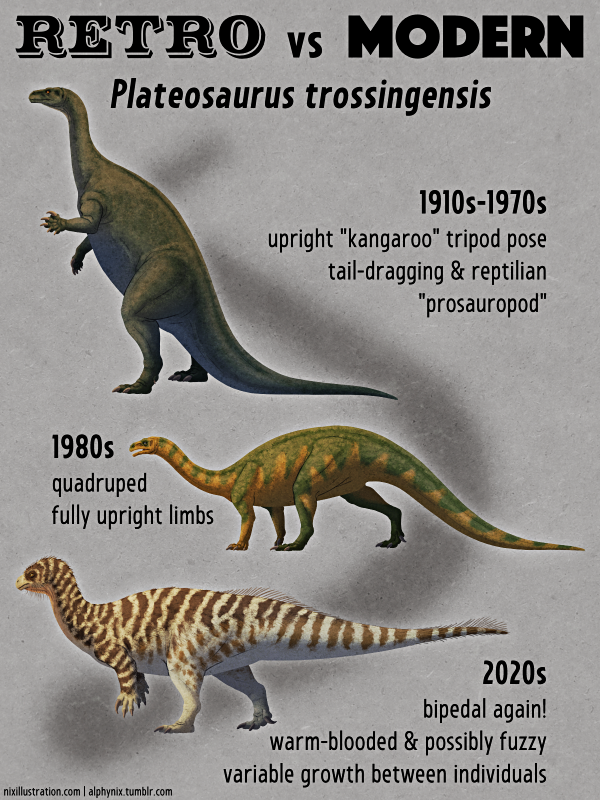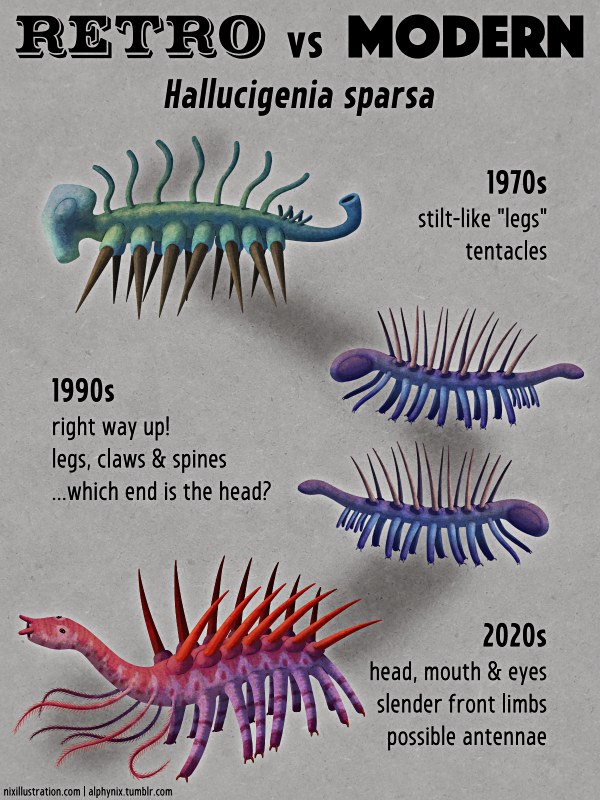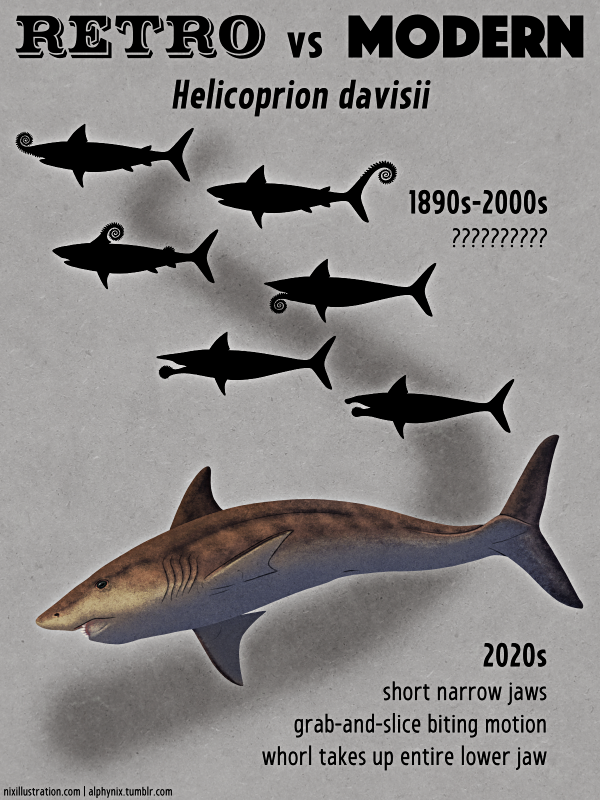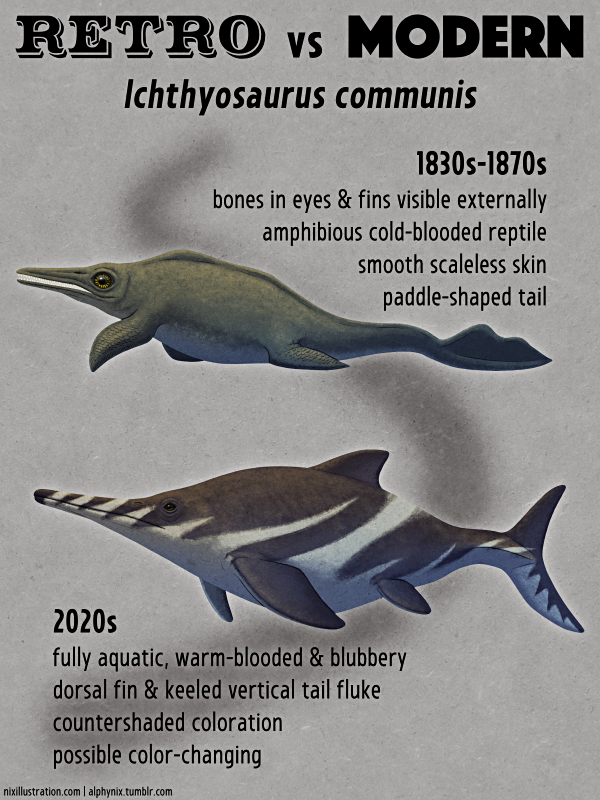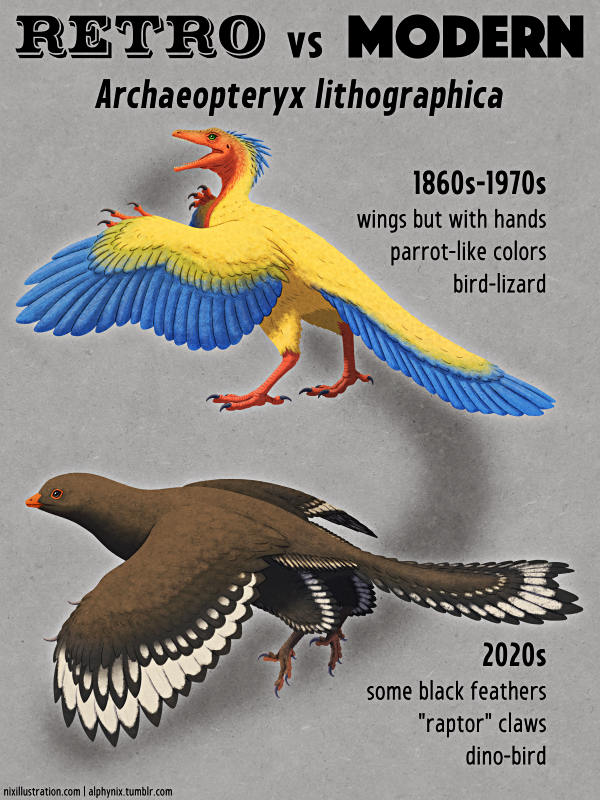Retro vs Modern #13: Stegosaurus stenops
The first known stegosaur fossils were found in England and South Africa between the 1840s and 1870s, but these dinosaurs weren’t properly recognized as a highly distinctive group until the discovery of Stegosaurus itself in North America during the late 1870s. 1880s The first Stegosaurus reconstructions were based on fragmentary and disarticulated fossil material, and … Continue reading “Retro vs Modern #13: Stegosaurus stenops”

